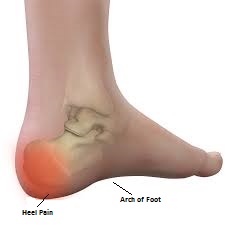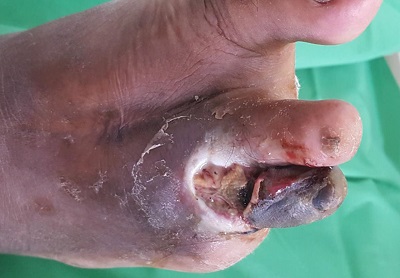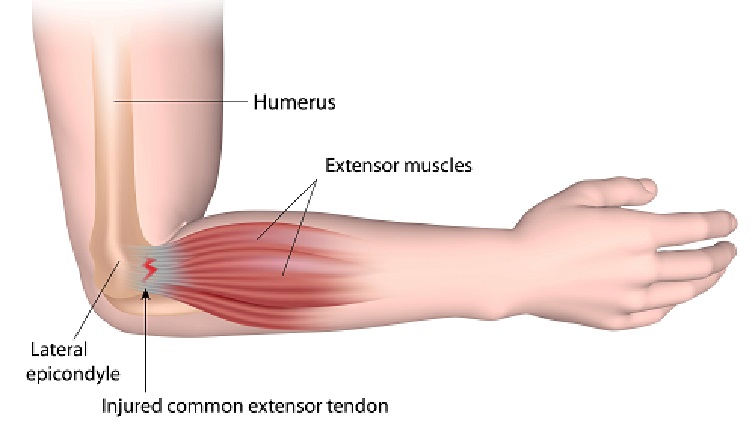Researchers Identify Increase in incidence of Stress Cardiomyopathy during COVID-19 Pandemic
October 17, 2020Researchers Identify Association between Risk of Childhood Asthma and Use of Cleaning Products
November 5, 2020
PATIENT
PERSPECTIVE CONDITION :
My personal experiences with a having a dislocated knee and problems following with joint hypermobility and continuous issues concerning the condition of my knee from an initial injury.
Clarification of the knee diagram
The knee includes many vital bones, ligaments, tendons and tissues which all contribute to aiding the movement of the knee. Due to the positioning of the patella (the knee cap) it is able to move freely allowing your joint to be as effective as possible when being active, however due to its free movement as it is a floating seasamoid bone it is also given support by the muscle tendon as well as the two ligaments which potentially keep the patella in place, called the lateral collateral ligament and a medial collateral ligament which are not shown in the diagram.
The main purpose of the content of this article is soley to acknowledge and share my experiences from a patients perspective for anyone intrested, going through or in similar situations, as I have delt with the struggles of a dislocated knee and experienced first hand from my previous injury which eventually lead me to the journey of my recovery. I will include the process of my recovery as well as the early signs and signals which indicate to a serious situation of knee dislocation and what it could conduct to.
INJURY- WHAT CAUSES A DISLOCATED KNEE?
Below are two diagrams which both administer the focus of a knee however this diagram represents the positioning of a perfect knee joint contradicting to what a dislocated knee would look like.
Types of the knee dislocation:
The different types of knee dislocation are based on the classification of the directed movement of the tibia in relation to the femur .
ANTERIOR- The forward movement of the tibia.
PROSTERIOR- The tibia moves backward.
MEDIAL- The tibia moves inwards.
LATERAL- The tibia moves outwards
ROTARY- The tibia is rotated in a circular movement in either direction
Sharing my
experiences through
my injury
Knee dislocation ultimately portrays the injury of the bones which make up the knee joint to be moved from their regular positions. The bones that makes up a knee joint are the tibia, femur, fibula and essentially the patella
Not only is it about the irregular movement of the patella but also the bones situated around the patella which are moved in relation which can cause the knee cap to dislocate.
The knee pain and its effects
Sensation within the affected area
This took a turn from how my injury was originally interpreted from my fall, as it was initially presented as a not so serious consequence of ice skating however it led to further, more significant problems as my patella was already unstable from the initial fall. My knee sprained and this caused my second fall to be all the more painful as both times my knee was caught in awkward positions and the second fall proved to be the major turning point to where my knee area felt immense pain as the patella moved its position out of normality towards the proximal tibia. Later this abnormal movement from my knee cap was due to a torn ligament as a result of the injury which therefore provided my knee cap with unstable support from the left side which later on led to my knee to being caught in similar situations causing my knee to twist unexpectedly.
Description of the pain within the knee
In my case, my knee cap was able to return to its normal position however this may not always be the case as more than one ligament could be damaged in the scene of an injury as well as tissues, skin, muscles, nerves and blood vessels which could also be affected, any type of damage done to these factors could deteriorate the stability and the support needed for the patella to ultimately stay in place.
The irregular movement of my knee cap would be described as sudden and striking pain as this movement lasted up to 30 seconds. As the damage done to my ligament was not as severe and one sided my patella returned to its normal position .
After the two events where my knee sprained in awkward and difficult situations about 2 to 3 hours following this, my knee appeared very swollen and slightly bruised. I was unable to bear weight on my left leg to the point where I was unable to walk and the severity of my condition revealed itself.
My knee was very unstable at this point and not knowing when or if my patella would dislocate itself into an unnatural setting was a terrifying experience to say the least.
After the X-ray of my left leg, in the scan of any broken or damage done to the bones was ruled out, and the continued irregular patella movement remained, a knee brace was put in place to support my knee cap which was the most sensible solution at the time as I was also on a wheel chair.
RECOVERY!
Being patient is essential for any recovery and training yourself to avoid ending up with similar injuries in the future is vital to your physical health which is why your treatment and recovery process should be taken seriously.
My recovery involved mostly of visits to a physiotherapist who trained my knee to retrieve its previous ability to move. starting of with the slow and gradual motion of my leg and knee and later building up the strength of the muscles within my leg aiding the process to healing.
The time needed for your knee and the affected area within your knee to heal depends on the amount of damage done, in my case this took around 3 months of physiotherapy for me to feel a sense of stability in my knee as well as a check up with an orthopedic doctor prior to my physio to get a specialised perspective, also for the support of my abnormal knee cap movement I wore a knee brace for upto a month just as a precaution in terms of preventing my knee to be caught in awkward positions in a public environment which could lead to a repeated injury.This type of injury will generally take longer to heal especially when planning in on returning to any strenuous engagement in physical sports.










